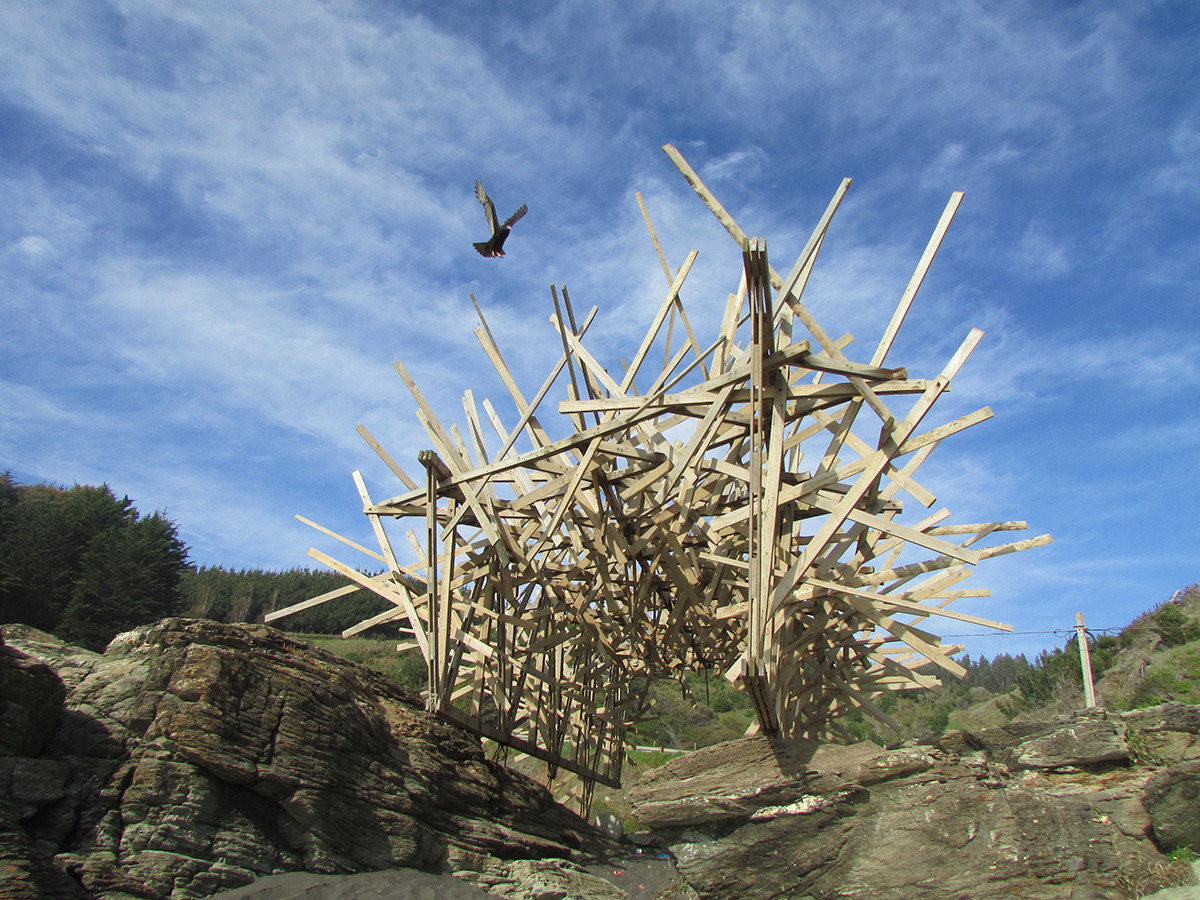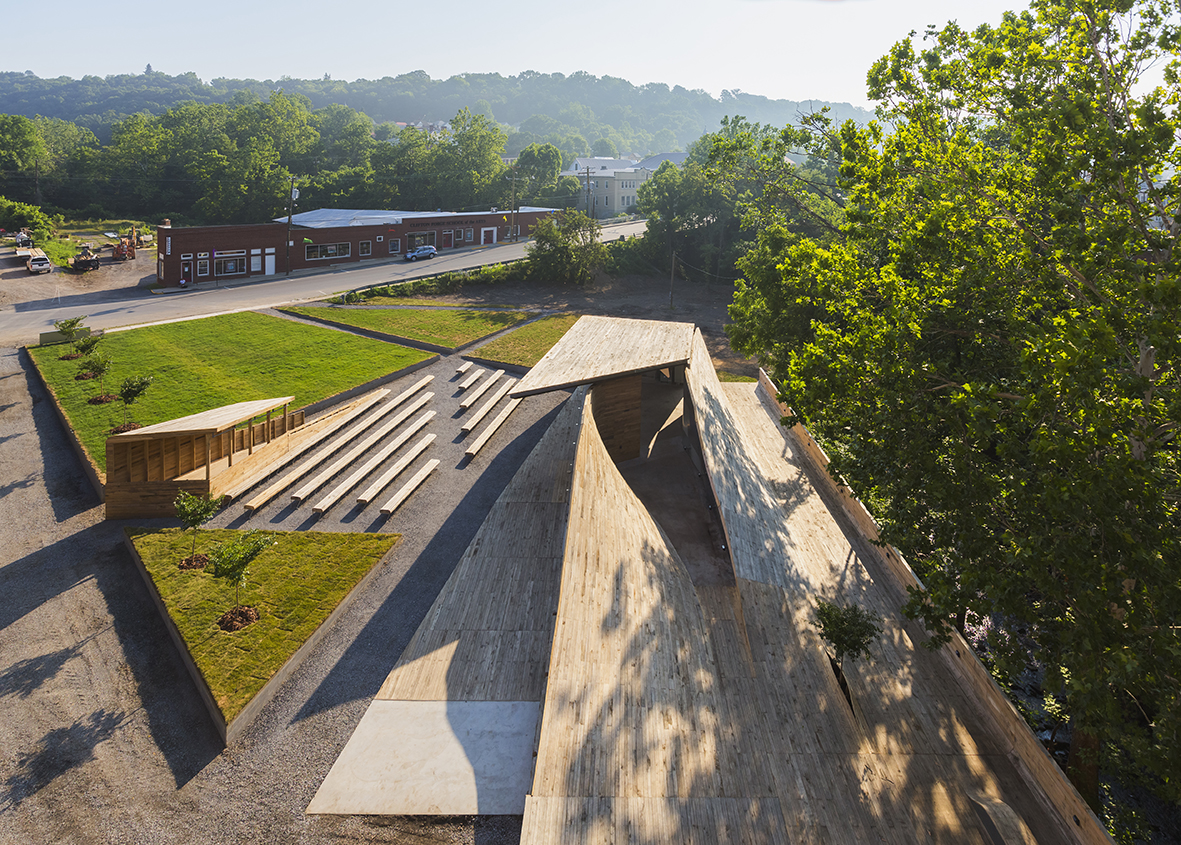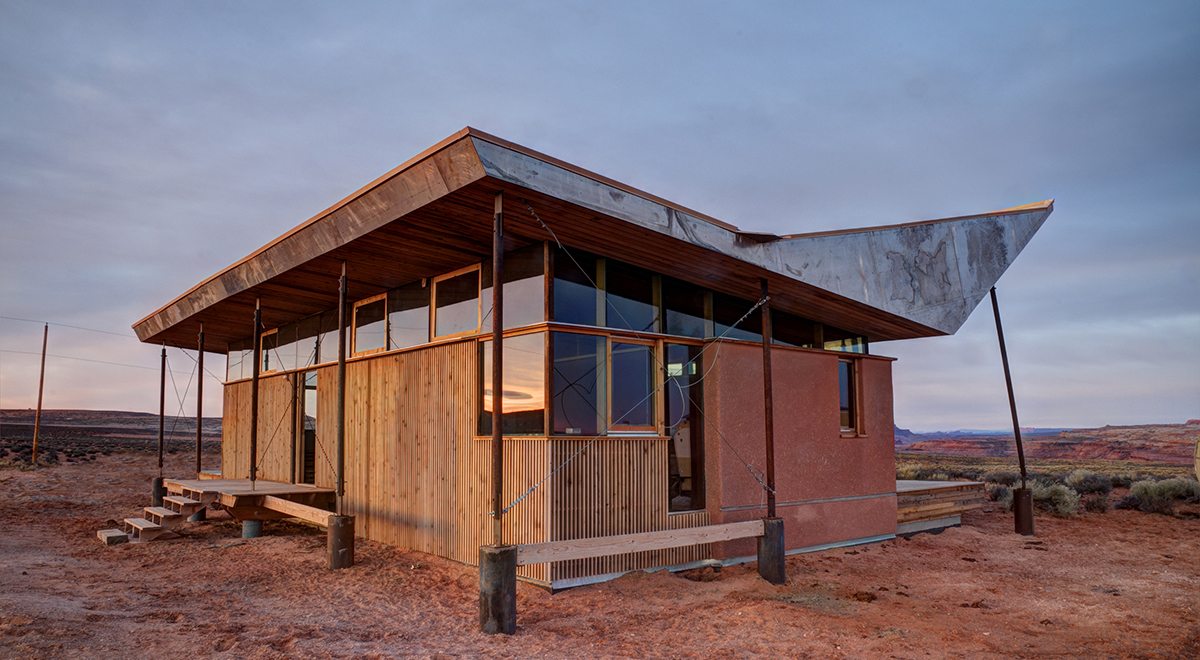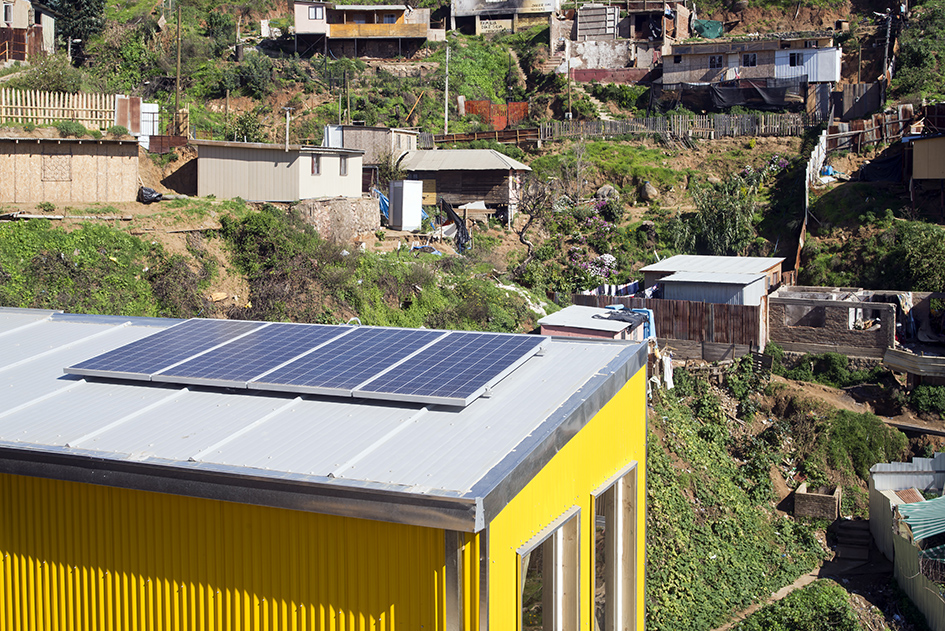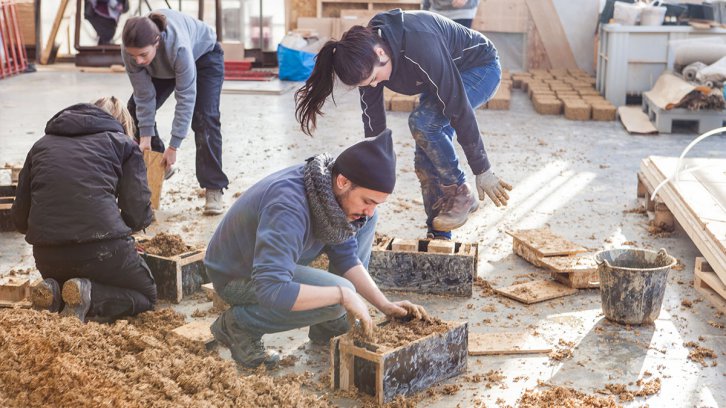Résumés session 3Session 3 - Speaker 11 / Caroline Maniaque (Rouen, France) Learning by building : the experience of full scale construction both within and outside universities in the USA in the 1960s.
Illustration, Cover of Architectural Design, March 1959. Abstract - The idea that, instead of designing buildings in plan and section, architectural students should be encourage to build full scale prototype gain purchase in the USA after 1960. For example several design/build exercises were introduced into university curricula. At the same time, this became an important topic in books and journals. The relationship between these two strands is the subject of my presentation. Several recent studies have outlined the pedagogic feature of the design/build movement and I will use the recent studies to analyze the phenomenon. Three levels of full scale construction can be identify: Firstly, practical experience ; secondly, an ideology suspicious of specialist and professionalism, characteristic of the 1960s ; and thirdly, the social vision that underpin these practices. But we must also consider the wider issue of how to make sure that architectural apprenticeship is rooted into reality.
Session 3 - Speaker 12 / Juan Roman Perez (Talca, Chile) Talca, matter of education.
Abstract - On 2004 gets its final degree the first graduate from the Universidad de Talca, Architecture School, created on that Chilean city 6 years before. Since then around 400 students have graduate with built works, most of them placed on the Chilean Central Valley, territory where the school is located. This final degree process obliges the student to Research, Conceive, Promote and Build a public interest work. To promote is the component that includes work finance management, where the student appeals to municipalities, neighbors and local entrepreneurs to get the resources needed. This final degree modality allows to verify the competences part of the school graduate profile are successfully integrated on the student, as well as to build a connections network and a work to show, directly or through specialized publications. These enhances the employability which is one of the aims of this modality. The student is prepared to face this challenge since the first school year through the Matter Studio, and each following year on a month long intensive August Studio. Those three stages, the Final Degree Studio, the Matter Studio and the August Studio, has achieve at the same time to give the school that signature characteristic particular way of doing.
Session 3 - Speaker 13 / David Tseng (Chiao-Tung, Taiwan) Orchid House experience at National Chiao Tung University - Taiwan
Session 3 - Speaker 14 / Estelle Morlé (Lyon, France) Looking for virtuous architecture, prototyping as a vector of collaboration to learn innovation
Abstract. What is the best way to teach collaborative design to students in architecture within an interdisciplinary environment? How does one extend traditional architectural methods to serve environmental design? How does one generate new collaborative practices in the architecture profession in particular with contractors and industrial partners? These questions are founding concerns of an educational program conducted from September to December 2015 at the ENSAL – Lyon’s national school of architecture. The studio was called “looking for virtuous architecture” and was directed by three architect-teachers Paul Vincent, Estelle Morlé and Emmanuel Ritz. To address these issues the team used collaborative experimentations through prototyping in order to create synergy between architects and their partners – technical engineers, public contracting authorities, industrial partners. This paper covers the method used in this educational program. As an illustration of this process, we will describe two projects that led the ENSAL and industrial partners to register co-ownership patents at the end of the studio. Résumé. Comment enseigner aux étudiants architectes à concevoir en collaboration au sein d’un environnement interdisciplinaire ? Comment élargir le périmètre traditionnel des moyens de l’architecture pour servir la conception environnementale ? Comment ouvrir le métier d’architecte à de nouvelles pratiques collaboratives notamment avec des partenaires entrepreneurs et industriels ? Tels sont les questionnements fondateurs de l’enseignement de master « à la recherche d’une architecture vertueuse », mené à l’ENSAL - Ecole Nationale Supérieure d’Architecture de Lyon – de septembre à décembre 2015 par trois enseignants architectes Paul Vincent, Estelle Morlé et Emmanuel Ritz. Pour explorer ces problématiques, l’équipe a utilisé l’expérimentation collaborative par prototypage à échelle pour générer une synergie entre les architectes – étudiants et enseignants - et leurs partenaires – industriels, maîtres d’ouvrage, ingénieurs techniques. Cet article s’attache à expliciter et discuter la méthode mise en place dans le cas particulier de deux projets aboutissant au dépôt de brevet en copropriété entre l’ENSAL et le partenaire industriel.
Session 3 - Speaker 15 / Sheila Kennedy (Boston, USA) MIT Professional practice KVA and MTX in Boston 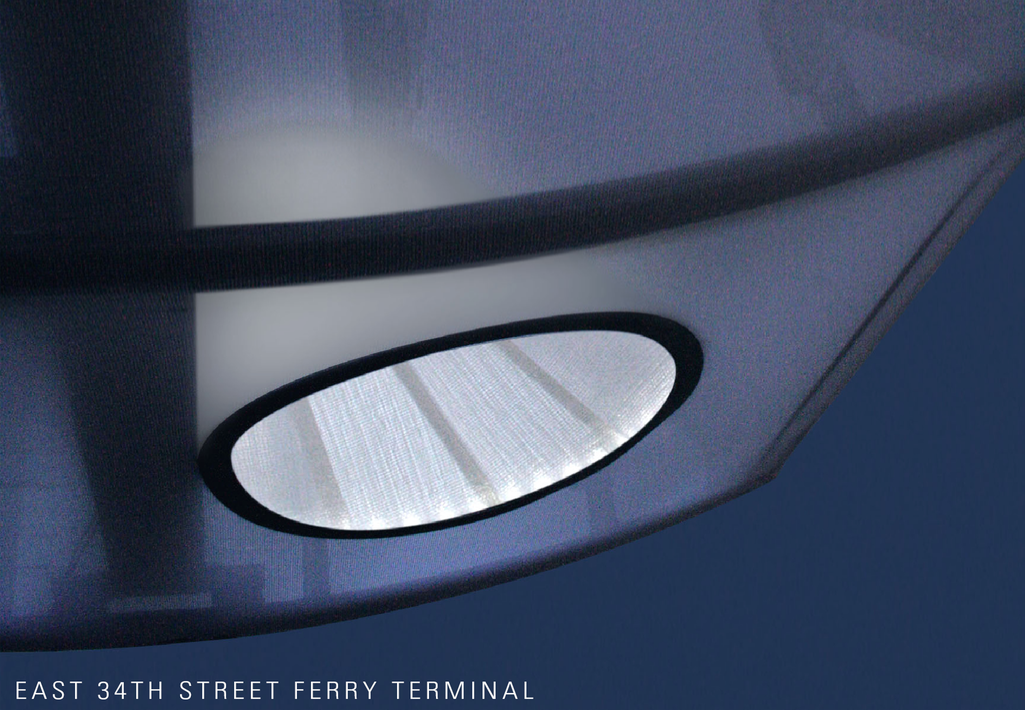 Session 3 - Speaker 16 + 17 / Marie & Keith Zawistowski (France/USA)
In Process: the pedagogy of the design/buildLAB
Abstract - Located at Virginia Tech until 2015 and now based in France, the design/buildLAB is a project-based experiential learning program focused on the research, development and implementation of innovative construction methods and architectural designs. Students collaborate with local communities and industry experts to conceive and realize built works of architecture that are both educational and charitable in nature. The aspirations of the program are simultaneously to reinforce the capacity of young generations of architects, and to support development efforts in distressed communities by enriching the quality of their built environment. By framing the opportunity for architecture students to make a difference in the life of a community, the design/buildLAB shows students the positive impact Architecture can make and empowers them to pursue their vocation to the benefit of the common good.
Session 3 - Speaker 18 / Adam Hopfner (New Haven, USA) Yale Builing Project from Charles Moore to today
Session 3 - Speaker 19 / Rick Sommerfeld (Denvers, USA) From Design/Build Bluff to Colorado Building Workshop Buidling with "ugly" materials
Abstract - Since 2009, Colorado Building Workshop has built seven community projects, including 21 micro-cabins for the Colorado Outward Bounds School, and in collaboration with DesignBuildBLUFF at the University of Utah, five charitable homes and two cabins in Southern Utah. ColoradoBuildingWorkshop’s pedagogical vision for design-build is heavily focused on integrated project delivery. This requires students to work closely with engineers and consultants at the earliest stages of design, testing their ideas against contextual and programmatic constraints. This enhances the practical application of architectural theory and promotes a blend of hands-on skills, authentic learning, and material exploration to construct buildings for communities in need.
Session 3 - Speaker 20 / Nina Hormazabal (Valparaiso, Chile) The Casa FENIX Initiative, an on-going experience.
Abstract - The Casa FENIX initiative is an on-going experience that started with the participation of Casa FENIX (For Emergency post-Natural Impact eXtreme) in the international competition Solar Decathlon Europe 2014. This on-going process was born and evolves within the academic realm from the concern of the energy problem in the Chilean domestic space in addition to produce an alternative home solution after a catastrophic event, which are recurrent in Chile. The SDE competition gave us the opportunity to seek for answers or even more look for solutions to the utopian questions the Chilean author Raúl Sohr states in his book ‘We cannot continue like this’. “Every Chilean directly suffers the effects of the precarious energy situation. Not only because of the high price Chileans pay for fuel and electricity, or the poor quality of air they breathe. Energy is presents in every single aspect of modern life, from the food we eat to the transportation we use or the way our cities are designed […]." Is it possible an effective citizen empowerment that allows them to choose between clean and dirty energy? Further more, is it possible that an increasing number of people develop their own sources of supply with renewable energy?. In fact these options are real, even if they seem distant. The reason why people do not manifest themselve is due to they are misinformed and do not see alternatives” (Sohr, 2013) In that sense Casa FENIX initiative proactively inscribed within the Higher Education Social Responsibility objectives, covering all the aspects that this involves, not only and almost exclusively the governance, educational, training and knowledge creation ones, but also assuming the university extension and outreach beyond a well-intentioned appendixes. Implying a reflection of the institution itself within its social environment with a critical and proactive approach to help improve the chronic problems of our society, such as the great problem of sustainable social housing and the quality of housing in Chile, where the good practice of energy consumption by inhabitants is embedded and promoted by the design and operation of homes. Social Responsibility requires a holistic vision, articulating the various parts of the higher education institution in the promotion of a social project of ethical principles and equitable and sustainable social development, for production and transmission of knowledge and training of responsible citizens as well as responsible professionals (www.rsuchile.cl, 2002-2008). The Casa FENIX initiative in collaboration within disciplines of our university, public and private institutions and the general public have addressed this Social Resposibility through several issues related to the problematic of sustainable social housing focused on the Region of Valparaíso, starting with Casa FENIX Bari, Casa FENIX SDE, Casa FENIX HC, Interactive Prototype Casa FENIX among other R+D+i projects.
Session 3 - Speaker 21 / Maxime Bonnevie (Grenoble, France) Terra Nostra - professional and public interaction with prototyping
|

